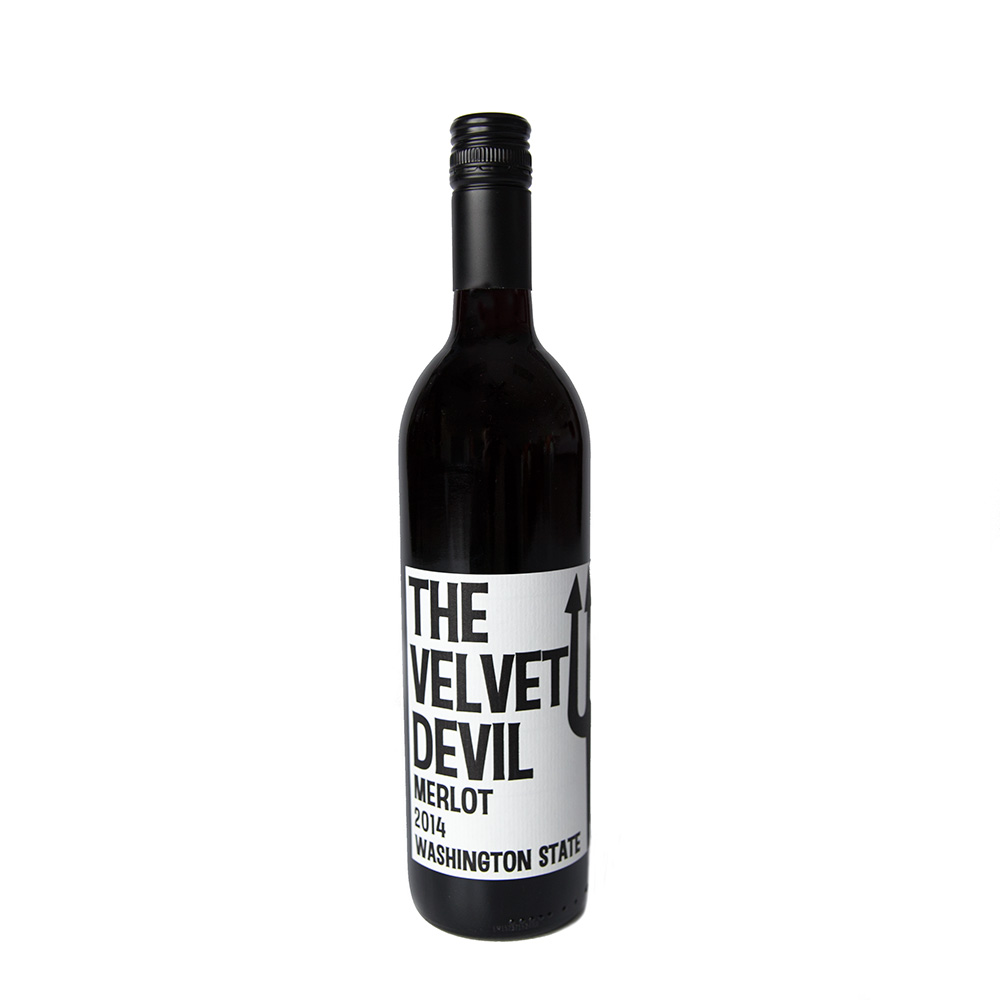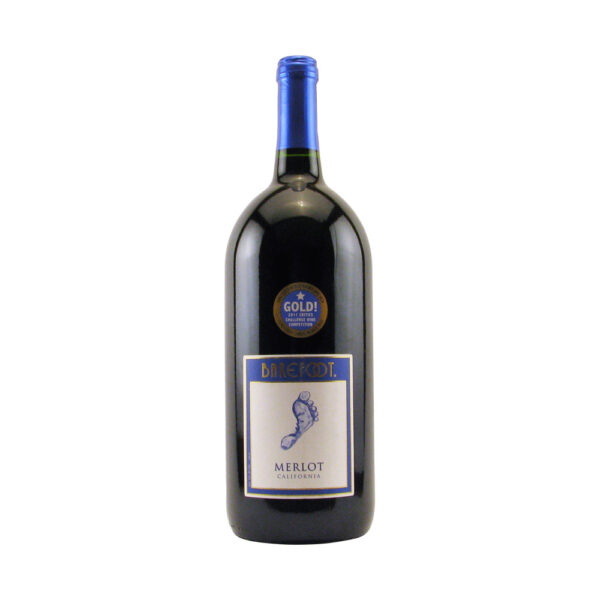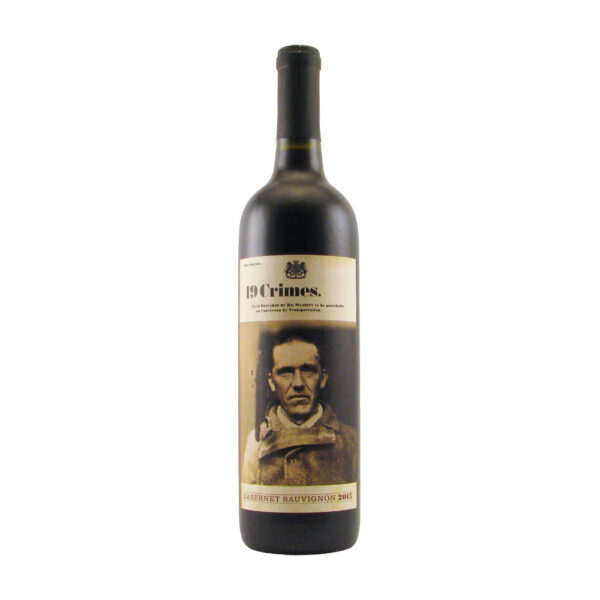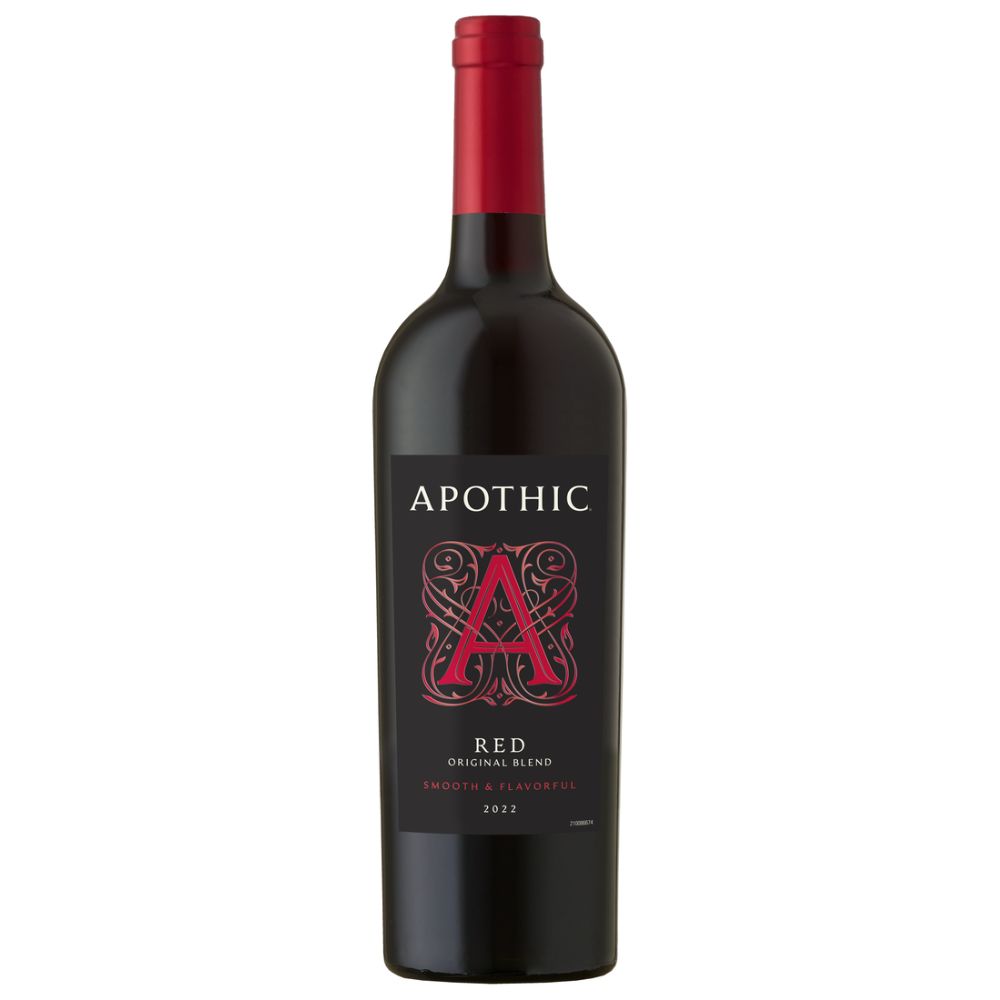Description
Charles Smith Velvet Devil Merlot 750ML
This devil gives cheap a good name. It’s a classic Washington Merlot. However, it even pleases the anti-merlot-ers. This devilish bottle tricks and pleases you all at once. Don’t be afraid, embrace the dark side of you for a small price.
Velvet Devil Merlot is known as the merlot for anti-merlot-ers. It’s light in acidity, tannins are noticeable with a light grip, but the sweet, fresh dark fruit, cherry, and blackberry burst with flavor. Hints of black plum, roasted earth, and layers of black fruit with a velvety palate aline with aromas of herb pencil lead, and colorful fruits are refreshing and indulging.
Charles Smith Velvet Devil Merlot Best Features:
- TASTE: Velvety, dense and bursting with flavor. Dark fruit, cherry, blackberry
- AROMA: Herb, pencil lead, followed by blue and red fruits make it fresh and appealing
- APPEARANCE: Deep rich red
- ABV: 13.4 %
- PAIRING: Roasted pork and grilled steaks
Merlot:
While Merlot is produced in France, Italy, US, Chile, and Australia, it gives a variety of possibilities in taste, smell, and color. Also, the ABV can range from 12-15%.
The taste depends on the climate. For example, the cool climate is more structured with a higher presence of tannins and earthy flavors like tobacco and tar. This is where Merlot and Cabernet Sauvignon trick wine drinkers and make them confused. Don’t Fret! It’s a common misconception when drinking an unknown glass of a beautiful, deep to light red.
Wine enthusiasts have a range of findings whenMerlot wine is treated with a cooling climate. Blueberry, roasted tones, licorice, berry, dry, full-bodied, and fleshy with an anise finish is best described.
While in hot climates, Merlot produces a fruit-forward flavor with a less present tannin. Commonly, it’s described as silky, velvety, with undertones of spice and a rich finish. The aromas can range from nutmeg clove to flowers, and mocha.
Generally, a great food pairing would be herbed chicken, roast tomato pasta, roast duck, or beef bourguignon. Keep away from leafy greens and fish for this bottle.
Some producers use American Oak to make their Merlot wines rustic and rich, confusing it with Cabernet Sauvignon. However, a tell-tale sign is tinge orange on the rim as Merlot is sensitive to light.
Red Wine:
Bringing out the best aromas and flavors of red wine can be achieved through the correct storage of temperature, generally between 50 to 55 degrees. Of course, this is a general rule of thumb as it depends on the grapes used when producing wine. There are so many health benefits due to the tannin. Procyanidins are a type of condensed tannin that is found in green tea and dark chocolate. Speaking of health, young red wines are better than old as they have more tannin. However, as red wine ages, they become lighter. Very old wines are translucent and pale.
Vitis vinifera originating from Eastern Europe makes up most of the common varieties of red wine. The aromas of red wine come from grapes only. Cherry, berry, jam, and herbs are all from fermented grapes and wine aging in oak barrels. Pretty simple for such a rich, complex, and tasteful wine!
Washington:
Ranking second in the US for wine production, they have over 43,000 acres of vineyards and export to over 40 countries. Most of the wine grape production happens in the shrub-steppe eastern half. The viticulture in the state is influenced by the long sunlight hours and consistent temperatures.
Italian immigrants introduced the Cinsault grapes which can account for the early history of Washington’s wine grape production. Throughout the 20th century, Rieslings and Chardonnays in the 70’s became a craze, while in the 80’s Merlot was the new passion of production.
Before Washington became such a known producer of wine grapes, they were one of the first states to start Prohibition. They went dry in 1917 and shut down most of the states wine production.
Geographically speaking, Washington is divided into sections separated by the Cascade Mountain chair.
The Walla Walla, Yakima, Snake and Columbia River are noted for aiding in the region’s viticulture. The rivers help moderate temperatures during the winter to prevent a freeze coming from the Arctic. If the vines freeze it can burst open and no one wants that to happen!
Master Sommelier Little Known, Big Facts:
- The color of wine depends on the fermentation extracts using skin, like Red wine as compared to white wine, leaving the skin behind
- The oldest bottle of wine dates back to A.D. 325; it was found in Germany inside two Roman sarcophaguses
- The worst place to store wine is usually in the kitchen because it’s typically too warm, in refrigerators, their warmest setting can be too cold
- Richer heavier foods usually pair well with richer, heavier wines; light wines pair with lighter foods
- Generally, a vintage wine is a product of a single year’s harvest, not when the wine is bottled
- A “dumb” wine refers to the lack of odor while a “numb” wine has no odor and no potential of developing a pleasing odor in the feature
- If a server or sommelier hands you a cork, don’t smell it, look for the date or other information ( mold, cracking, or breaks)
- Tannin is a substance that tingles the gums when you indulge your palate with a sip of wine, it’s an excellent antioxidant
- Smell is by far the most important sense when it comes to drinking wine
- Wine was first developed in Mesopotamia, not France
- French wines are labeled following the soil on which they are produced, not according to the grape used
- When chilling wine, adding salt to ice will cool it down faster
Warnings:
You must be 21 or over to purchase this product.
Instructions:
60-65 degrees is the ideal temperature. Although it might seem counterintuitive, you should chill your red wine






Reviews
There are no reviews yet.